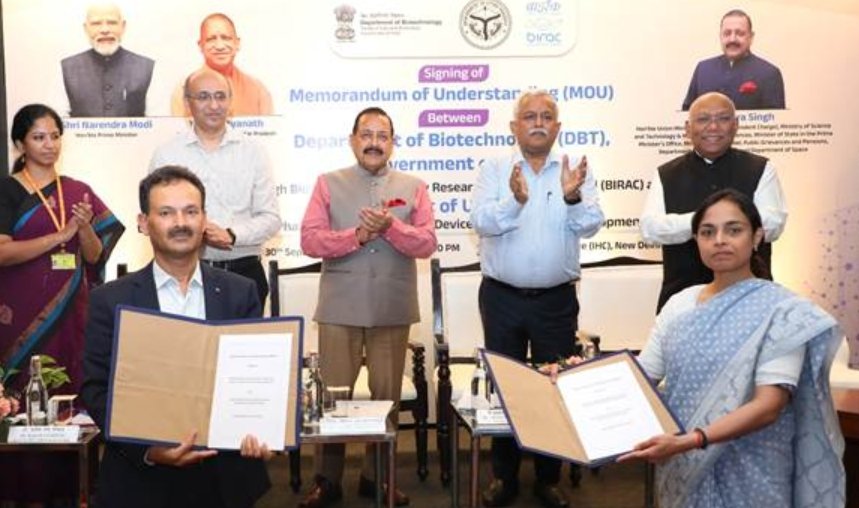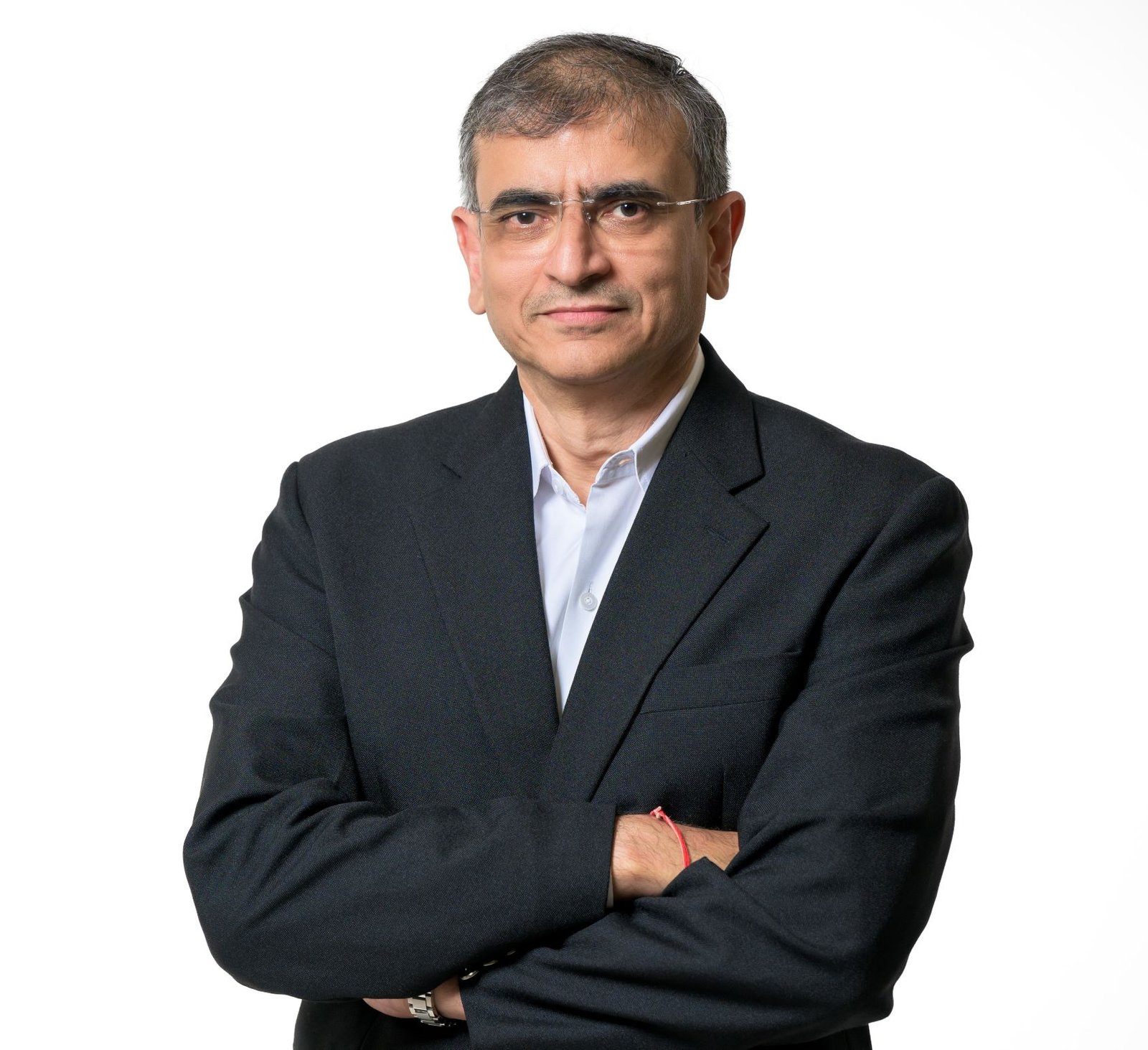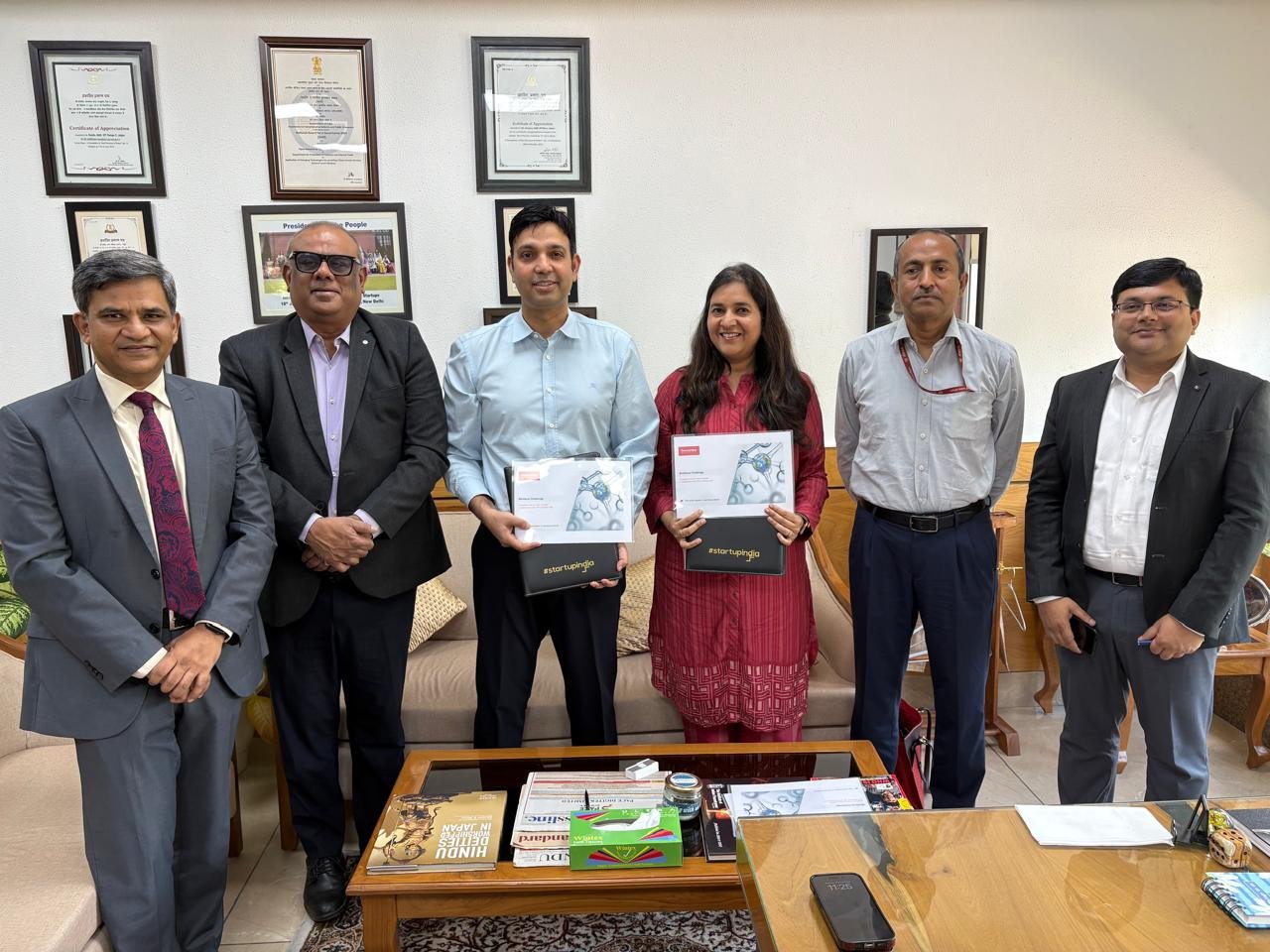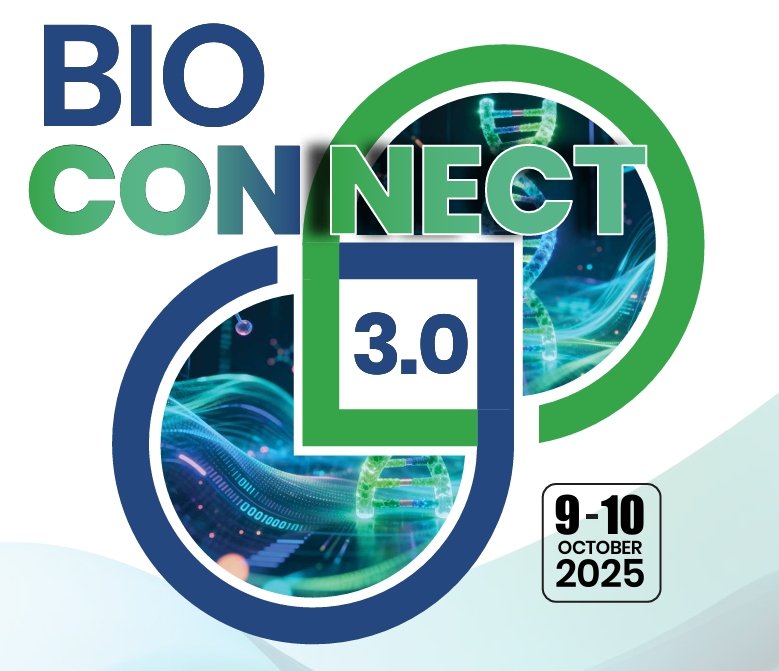The Year that Was
January 09, 2009 | Friday | News
The Year that
Was
The year 2008 turned out
as an eventful period that brought in a gradual metamorphosis to the
life sciences industry. Other than the usual drug discovery
collaborations, mergers and acquisitions and launching of new products
into the market, 2008 saw a change in perspective, business dynamics
and strategies of the entrepreneurs.
India is gradually
coming out of its shell of isolation and emerging as a major player in
the global life sciences industry. The landmark deal between Ranbaxy
and Daiichi Sankyo is considered as one of the major events. By selling
the majority stake to Daiichi Sankyo, Ranbaxy, the Indian generics
giant paved the way for Indian pharma to enter the innovative drug
space. In the purely biotech space, we have seen the active
implementation of the National Biotechnology Development Strategy
(NBDS) under the aegis of the Department of Biotechnology
(DBT).
The World Health
Organization’s (WHO) ultimatum to the National Regulatory
Authority (NRA), on the backdrop of the closure of three public sector
vaccine making units because of its appalling Good Manufacturing
Practice (GMP) standards, came as a death threat to the vaccine
industry. The recent setback has been the global meltdown, which has
influenced all segments to an equal extent. According to the
Biospectrum-ABLE Survey 2007-2008 the biotechnology industry in India
has witnessed a 20 percent dip in its growth. Though experts claim that
life sciences is an industry which is ‘recession
proof’ ripple effects can still being felt. A sneak peek into
some of the milestone events of 2008...
National Biotechnology
Development Strategy
It was implementation time for DBT. The announcement of the NBDS in
November 2007 was widely welcomed by the industry, as they believed
that it would bring about a radical change in the landscape.
Initiatives taken by DBT have led to the formation of tie-ups between
the industry and the government, which were unseen in the past. The end
of the year also saw the cabinet clearance of BIPP (Biotech Industry
Partnership Programme) with a sum of Rs 350 crore earmarked for the
scheme during the 11th Plan thus paving the way for technological
development and innovation in biotechnology. As a principle, BIPP would
strictly promote high risk, transformational technology/process
development. No incremental development will be supported. On a broad
basis, it is directed at path-breaking research in futuristic
technology that has major economic potential to make Indian industry
globally competitive and aims at Intellectual Property (IP) creation
with ownerships by Indian industry and where relevant, collaborating
scientists.
Rejuvenating Research
Dr M K Bhan, secretary of DBT, Government of India, and Dr Mark
Walport, director of the Wellcome Trust have initiated the
£80m (Rs 640 crore) scheme, jointly funded by the DBT and the
Wellcome Trust over five years, with the aim to strengthen the research
base of Indian biomedical science by providing fellowship programs to
support researchers ranging from newly-qualified post-docs to senior
researchers. Each year, the alliance is expected to award around 40
early career fellowships, 20 intermediate fellowships and 15 senior
research fellowships. In addition to the new fellowship schemes, the
Wellcome Trust has introduced Strategic Awards totaling £15m
(Rs 120 crore) to boost the biomedical research in the country.
Indian Gene Decoded
The largest ever study to understand the genetic diversity of
India’s one billion population, which was conceptualized by
Dr Samir K Brahmachari, the director-general of CSIR and Dr Lalji
Singh, who heads the Center for Cellular and Molecular Biology (CCMB),
was unveiled. The highlights of the study were published in the April
issue of the Journal of Genetics, published by the Bangalore-based
Indian Academy of Sciences.
“Our study reveals a high degree of genetic differentiation
among Indian ethnic groups and suggests that pooling of endogamous
populations without considering ethnolinguistics factors will result in
false inferences in association studies,” said Dr Samir K
Brahmachari, one of India’s leading geneticists. The study
included 32 large populations of sizes above 10 million people and 23
isolated tribal populations representing the vast ethnic, linguistic
and geographical diversity of India.
“India represents a global genetic mosaic in its population.
The Indian population forms a continuum of genetic spectrum that not
only bridges the Caucasians and Oriental Asians and also includes
indigenous populations derived mostly from Austro-Asiatic and Dravidian
speaking population,” said Kapil Sibbal, minister of science
and technology who unveiled the study. The findings of the study will
facilitate the clinical trials to test the efficacy of drugs in all
major populations in India. The data is expected to help the
construction of specific drug response maps to aid policy level
decision making for drug dosage interventions and disease risk
management for complex as well as infectious diseases.
CROs chant globalization
mantra
Contract Research Organizations (CROs) have revamped their business
strategies wherein they are looking at strategic alliances and
partnerships with pharma companies and smaller organizations to augment
their business.
As a part of their business model, Siro Clinpharma is first setting
shop in Eastern Europe and other non-traditional countries--all of
which provide the same advantages like India. Siro has acquired Omega
Mediation Group, a mid-sized European CRO for an undisclosed amount.
Joining the club are Jubliant, Veeda Clinical Research and
Ahmedabad-based Synchron.
Vaccines Issue
The vaccine industry was hard hit this year with the World Health
Organization (WHO) giving an ultimatum of October 2008 to the Indian
regulators (in this case the NRA) to revamp the regulatory system to
avoid derecognition of the NRA. This has come in the event of three
substandard public units being shut down resulting in many applications
put on hold. In a country, where only 10 percent of the children are
vaccinated, this can snowball into a serious issue. BioSpectrum was the
first to bring to light this issue in an industry forum, which saw an
assemblage of almost all the stakeholders in the industry.
The latest now on the vaccine front is that vaccine makers are now
given a five months breathing space (till March 31, 2009) wherein the
DCGI can upgrade the regulator’s testing labs.
Emerging R&D
centers
The year 2008 has seen a lot of Indian and multi-national companies
establishing their R&D centers here, making it clear that India
is poised to become the R&D hub of the global life sciences
industry. DuPont India, a subsidiary of E I du Pont de Nemours and
Company recently opened the first biotech research facility at the
DuPont Knowledge Center (DKC) in Hyderabad, spread across 15 acres with
an investment of Rs 100 crore.
It’s still relatively early in the movement of R&D to
India but with a focused and a long-term R&D vision, policy
framework and commitment coupled with the incentives, which the Indian
government is offering, India can go a long way in becoming the biotech
R&D hub of the world.
National Biofuel Policy approved
It was in 2003 that India started its Biofuel mission. Five years
later, the Union Cabinet in its meeting held on September 11, 2008 gave
its approval for the National Policy on Biofuel prepared by the
Ministry of New and Renewable Energy, and also approved the setting up
of an empowered National Biofuel Coordination Committee, headed by the
Prime Minister of India and a Biofuel Steering Committee headed by
cabinet secretary.
Ministry of New and Renewable Energy has been given the responsibility
of the National Policy on Biofuels and overall co-ordination by the
Prime Minister under the Allocation of Business Rules. A proposal on
“National Policy on Biofuels and its
Implementation” was prepared after wide scale consultations
and inter-ministerial deliberations. Group of ministers (GoMs) under
the chairmanship of the Union Minister of Agriculture, Food and Public
Distribution, Sharad Pawar, considered the draft policy. After
considering the suggestions of the planning commission and other
members, the GoMs recommended the National Biofuel Policy to the
cabinet.
Mergers and
Acquisitions
The year 2008 has witnessed some groundbreaking mergers and
acquisitions and the prominent among them is the Ranbaxy-Daiichi Sankyo
deal. Industry analysts predict that this could mark the beginning of a
new era where second generation entrepreneurs will look at issues on a
macro level thus changing the landscape of the pharma industry. |
Nayantara Som with Shalini Gupta and Jahanara Parveen









